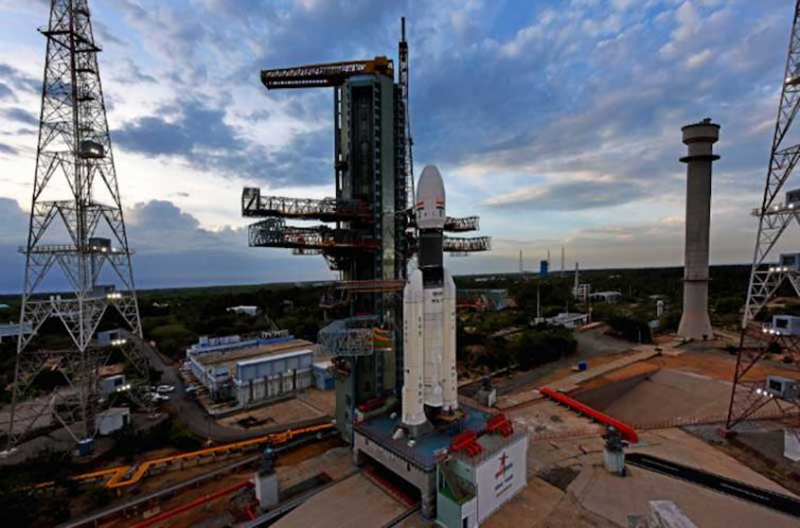 ISRO
ISRO
After Chandrayaan-3's success, ISRO has a long list of missions. Take a look
As India's lunar mission Chandrayaan-3 successfully soft-landed on the South Polar region of the Moon on Wednesday, the Indian Space Research Organisation (ISRO) announced a long list of upcoming missions aimed at exploring new frontiers in space.
The success of this Moon mission has made India the fourth country to master the technology of soft landing on the lunar surface after the US, China, and the erstwhile Soviet Union.
Here is a sneak peek at some of ISRO's upcoming projects:
A mission to study Sun
ISRO is all set to the Sun with Aditya L1, the first space-based Indian mission expected to be launched by early September. ISRO has said, "The spacecraft shall be placed in a halo orbit around the Lagrange point 1 (L1) of the Sun-Earth system, which is about 1.5 million km from the Earth. A satellite placed in the halo orbit around the L1 point has the major advantage of continuously viewing the Sun without any occultation/eclipses. This will provide a greater advantage of observing the solar activities and its effect on space weather in real time."
NASA-ISRO Earth Observation Satellite
US space agency NASA and ISRO have tied up for launching a powerful Earth Observation Satellite. The satellite is coming together in Bengaluru and is likely to be launched early next year. NISAR - NASA-ISRO Synthetic Aperture Radar - will track movements of Earth's land and ice surfaces in extremely fine detail, NASA has said.
It will enhance the understanding of climate change, deforestation, melting of glaciers, volcanoes, and earthquakes. "As NISAR monitors nearly every part of our planet at least once every 12 days, the satellite will also help scientists understand, among other observables, the dynamics of forests, wetlands, and agricultural lands," NASA stated in its website.
First manned space flight
ISRO is working on India's first human space flight mission, which was earlier scheduled for 2020 but was delayed due to the Covid pandemic. "Gaganyaan project envisages demonstration of human spaceflight capability by launching crew of 3 members to an orbit of 400 km for a 3 days mission and bring them back safely to earth, by landing in Indian sea waters," ISRO has said.
Mission to study X-ray sources
ISRO is working on India's first dedicated polarimetry mission to study the dynamics of bright astronomical X-ray sources in extreme conditions. The project is likely to launch later this year or early 2024.
"The emission mechanism from various astronomical sources such as blackhole, neutron stars, active galactic nuclei, pulsar wind nebulae etc. originates from complex physical processes and are challenging to understand. The polarimetry measurements add two more dimension to our understanding, the degree of polarisation and the angle of polarisation and thus is an excellent diagnostic tool to understand the emission processes from astronomical sources," ISRO has said.
Support Our Journalism
We cannot do without you.. your contribution supports unbiased journalism
IBNS is not driven by any ism- not wokeism, not racism, not skewed secularism, not hyper right-wing or left liberal ideals, nor by any hardline religious beliefs or hyper nationalism. We want to serve you good old objective news, as they are. We do not judge or preach. We let people decide for themselves. We only try to present factual and well-sourced news.







